 Загрузка...
Загрузка...
 Загрузка...
Загрузка...
It is located 1300 meters from the Relais des Halles. Reopened in May 1921, the Musée Carnavalet has undergone extensive renovation. It is one of the finest examples of classical Parisian architecture. The Museum is the result of the merger of two private mansions: the Hôtel Carnavalet and the Hôtel Le Pelletier de Saint Fargeau. The Museum, dedicated to the history of Paris, is vast. Admission is free, it’s designed for the whole family, and you can spend a whole afternoon there if you take advantage of the café-restaurant.
The Hôtel de Carnavalet is one of the most beautiful private mansions in Paris. It is attributed to Pierre Lescot, who also designed the Cour Carrée at the Louvre. The hotel was enlarged by François Mansart and lived in by the Marquise de Sévigné.
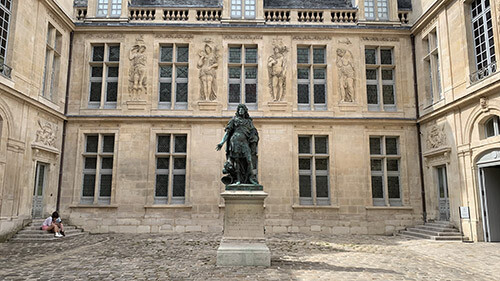
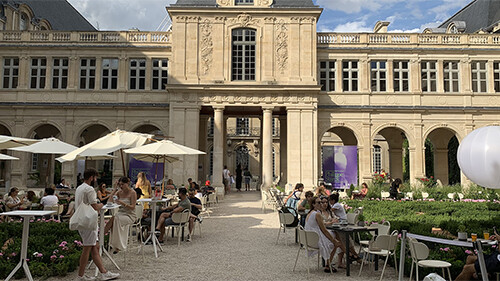
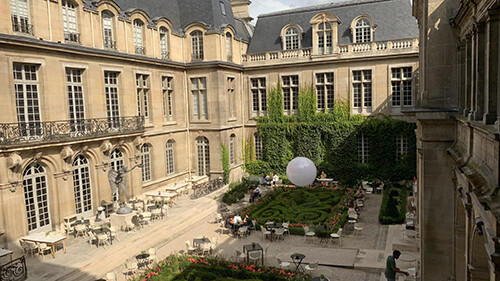
Le parcours s’étend de la préhistoire à nos jours, en passant par la Gaule antique, le moyen âge, au cours duquel Paris est la plus importante ville d’Europe, la Renaissance où Paris est la capitale du siècle des Lumières, la Révolution française, dont les secousses se propagent au monde entier, le 20ème siècle.
Le Musée n’est pas conçu seulement pour les adultes.
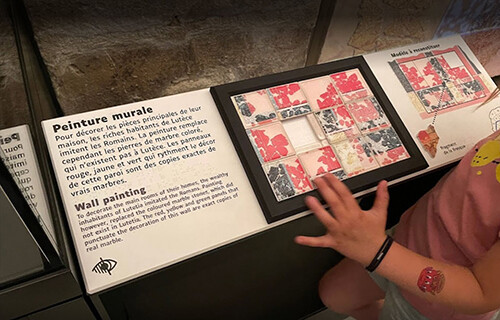
Here we present a selection of works, most of which relate to the Relais des Halles locality.
In 1992, during the renovation of the Bercy district, an archaeological dig revealed an exceptional site inhabited from the Early Neolithic (4700-4200 BC) to the Early Iron Age (700 BC). The remains of several buildings suggest a village on the banks of the Seine, whose riverbed was 200 meters wide. The banks were wooded and populated by abundant wildlife. Hunting and fishing tools are abundant.
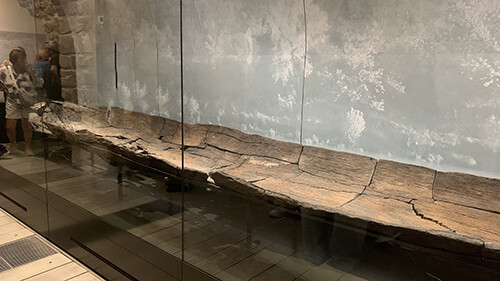
Neolithic dugout canoe in solid oak, carved from the trunk
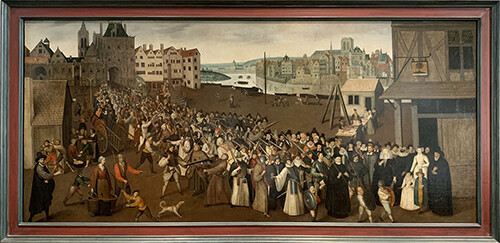
Procession de la Ligue, Place de Grève (now Place de l’hôtel de Ville) — 1560
The League, a conservative Catholic party, opposed the accession of Prince Henri IV, a Protestant at the time. The picture above shows, in the background on the left, part of the north facade of today’s Hôtel de Ville, located 1 km from the Relais des Halles, whose construction was initiated by François I.
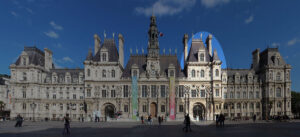
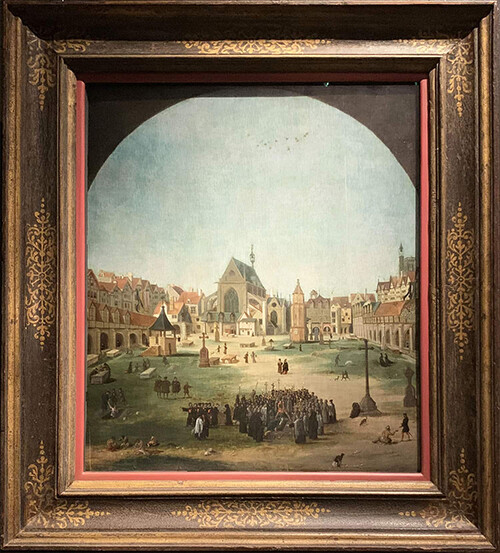
Cemetery and Church of the Innocents, circa 1570, located where the Fountain of the Innocents now stands, near the hotel
At the time, the Cimetière des Innocents was the oldest cemetery in Paris. It was lined with arcaded galleries, the attics of which were used as mass graves. In May 1780, the walls of a cellar collapsed under the weight of bones and corpses, giving off a pestilential stench. The cemetery was closed and some of the bones, located up to 1.50 m below ground, were transferred to the Catacombs, whose entrance is accessible today on Place Denfert Rochereau. The space became a market, known as the Marché des Innocents.
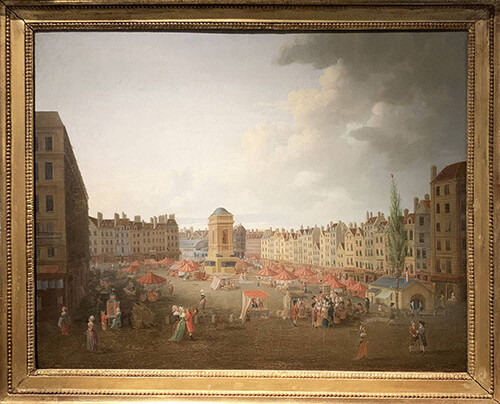
Marché des innocents, near the hotel, circa 1791, of which only the fountain remains today
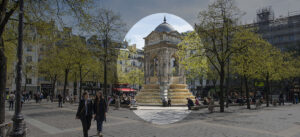
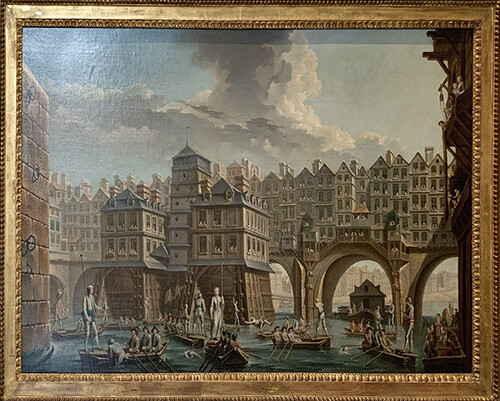
Jousting games under the Pont aux Changes, a 10-minute walk from the Relais des Halles. In 1570, the bridge was home to a number of dwellings, the lower sections of which were occupied by craftsmen, some of whom drew their supplies from the river
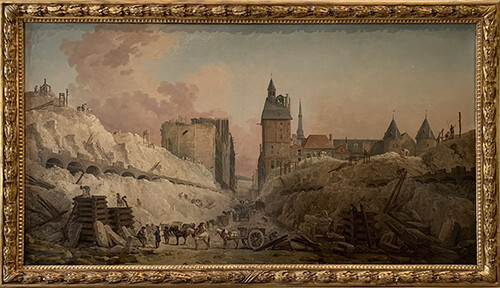
Demolition of the Pont aux Changes housing estate — 1786
In the 18th century, to beautify Paris, the houses built on the bridges over the Seine were demolished. The picture above shows the Horloge tower and the two towers of the Conciergerie.
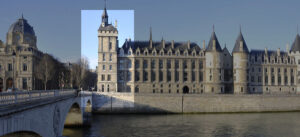
The tour covers a kilometer and a half of particularly refined interior architecture.
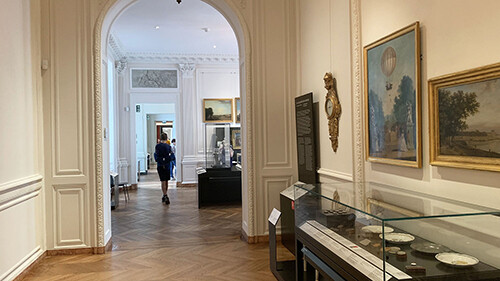
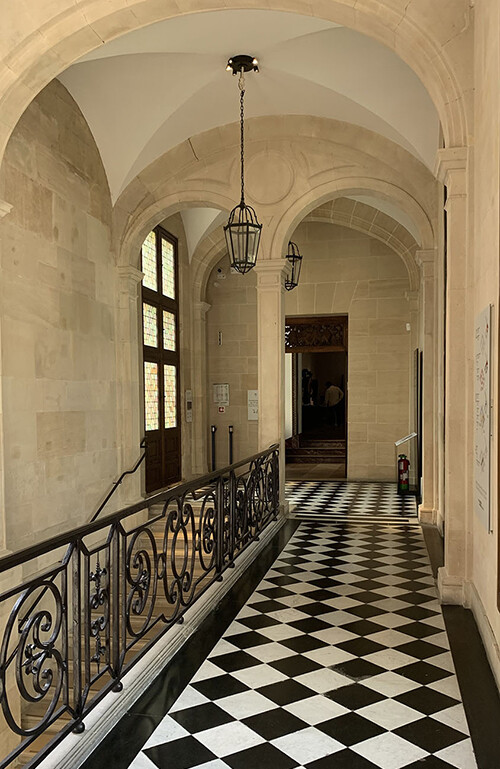
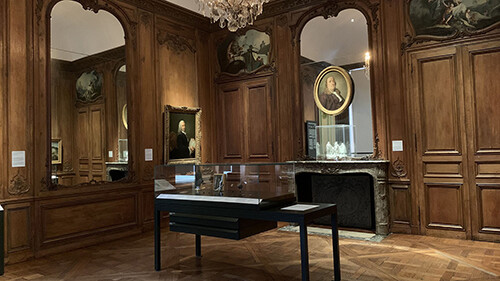
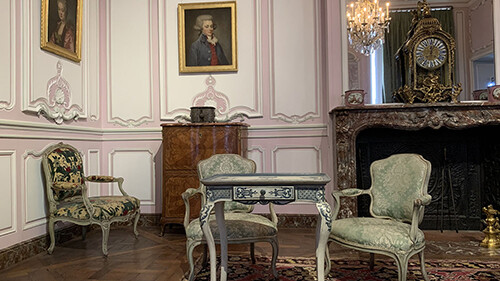
At the end of or during your visit, you can take a short break in the café-restaurant set up in the museum gardens.
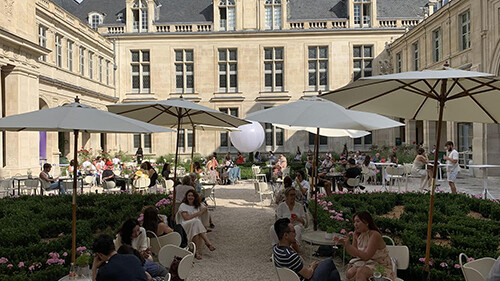
The restaurant opens onto the two inner courtyards of the Hôtel Carnavalet, offering an exceptional terrace at an affordable price. The café is open from 10 a.m. to 6 p.m. and the restaurant, currently under the direction of Michelin-starred chef Julien Dumas, from 7:30 p.m. to 2:00 a.m. (summer hours to be checked out of season).
See the menu: https://menu.fabula.paris/en
The Musée Carnavalet is a captivating window on the history and soul of Paris. Through its rich and varied collections, it offers an unforgettable immersive journey into the past of the City of Light.
Musée Carnavalet
23 Rue de Sévigné, 75003 Paris
Tuesday to Sunday, 10:00 a.m. to 6:00 p.m.
https://www.carnavalet.paris.fr/
Find out more about the Musée Carnavalet: https://fr.wikipedia.org/wiki/Mus%C3%A9e_Carnavalet